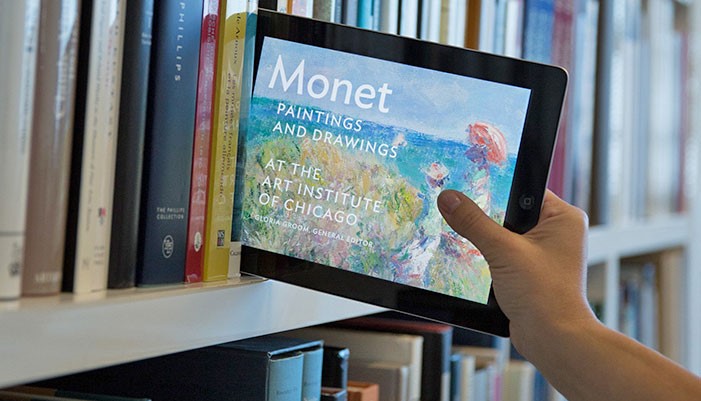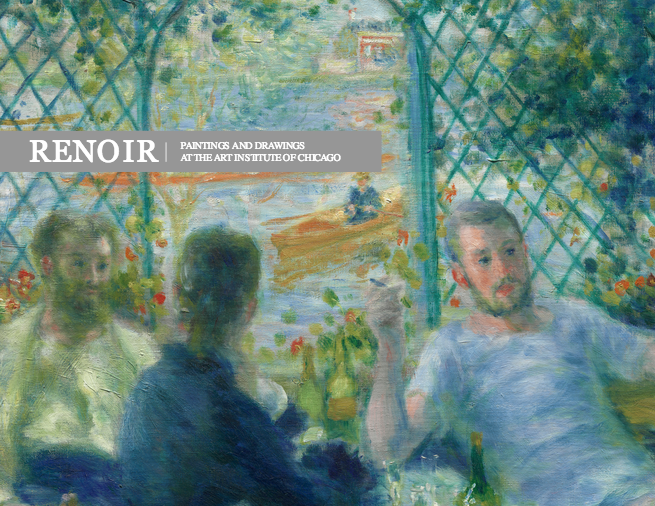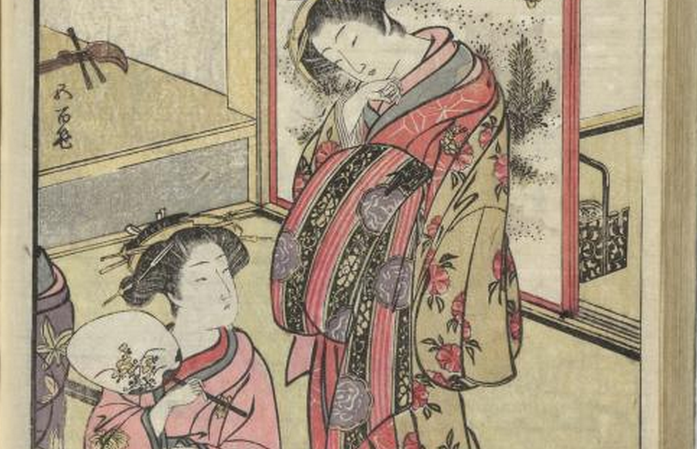We’ve previously featured the various pioneering efforts of The Getty — from freeing 4,600 high-resolution art images (and then 77,000 more) into the public domain, to digitally releasing over 250 art books. Now they’ve put their minds to those rare, beautiful, and highly edifying specimens known as art catalogues. “Based on meticulous research, these catalogues make available detailed information about the individual works in a museum’s collection, ensuring the contents a place in art history,” announces their site. “Yet printed volumes are costly to produce and difficult to update regularly; their potential content often exceeds allotted space. One could say they are like thoroughbred horses confined to stock pens.” But now the Getty has offered a solution in the form of the Online Scholarly Catalogue Initiative (OCSI), creating an online platform for free catalogues — and not just the Getty’s, but those of any art institution.
You can access the first set of art catalogues released under the OSCI initiative here. As you can see, where the Getty goes, other institutions follow: The Art Institute of Chicago has released catalogues on the work of Monet and Renoir. The Smithsonian Institution’s Freer Gallery of Art and Arthur M. Sackler Gallery has a catalogue on The World of the Japanese Illustrated Book, which sits nicely alongside LACMA’s catalogue on Southeast Asian Art. Other titles include Dutch Paintings of the Seventeenth Century from the National Gallery of Art; The Rauschenberg Research Project from SFMOMA; Discover the Chinese Painting & Calligraphy Collection at the Seattle Art Museum; The Tates’s The Camden Town Group in Context; and the Living Collections Catalogue from the Walker Art Center.
You can learn more about the project, its development, and its potential in the short Getty video, “The Future of Digital Publishing in Museums.” Do note that, while you can, of course, view this wealth of catalogues on a computer, you’ll want to use a tablet for the optimized experience. And the more the OCSI initiative develops, the richer a reading experience you’ll have on any device; it not only provides users detailed art images, but also the options to “overlay them with conservation documentation, discover scholarly essays in easy-to-read formats, take notes in the margins that can be stored for later use, and export citations to their desktops.” And thus yet another unexpected benefit of the internet emerges: we are all art historians now.

Related Content:
The Getty Puts 4600 Art Images Into the Public Domain (and There’s More to Come)
The Getty Adds Another 77,000 Images to its Open Content Archive
Download Over 250 Free Art Books From the Getty Museum
LA County Museum Makes 20,000 Artistic Images Available for Free Download
The Rijksmuseum Puts 125,000 Dutch Masterpieces Online, and Lets You Remix Its Art
Art.sy Rolls Out Huge Archive of Fine-Art Images and an Intelligent Art Appreciation Guide
Free: The Metropolitan Museum of Art and the Guggenheim Offer 474 Free Art Books Online
Colin Marshall hosts and produces Notebook on Cities and Culture and writes essays on cities, language, Asia, and men’s style. He’s at work on a book about Los Angeles, A Los Angeles Primer. Follow him on Twitter at @colinmarshall or on Facebook.





This is an embarrassment of riches! Thank you so much for getting the word out.
Please send some art and design catalogs specially fine art .I had done betec first in art design , and because national in audio visual design.i specialise in wood craving portrait and graffiti but my art is still very unrefined and need more training love best wishes Elliott my teacher was Chris goldstraw